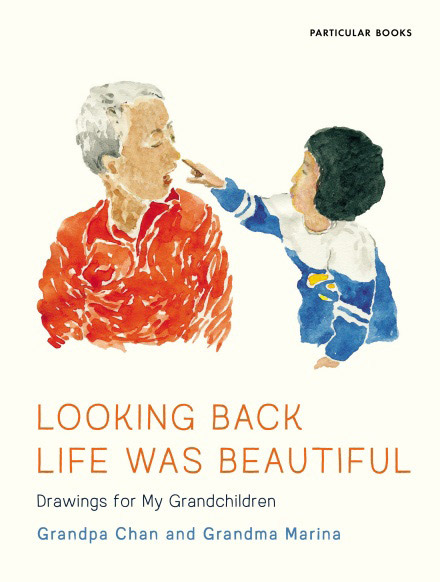ass="inst tab-no-bt line24 tab-no-top">During World War II, the imperial Japanese military set up a system of brothels intended to reduce incidences of wartime rape. Although these so-called “comfort stations” were supposed to be staffed with voluntary prostitutes, the vast majority of the women who worked them were either taken by force or tricked into sexual slavery with promises of well-paid factory jobs or other ruses. The women victimized in this way came to be known euphemistically as “comfort women.”
Although Korean literature has been telling tragic stories of the Korean people throughout the modern era, comfort women have largely been ignored. This book by Kim Soom is an exception. The first novel to present the experiences of comfort women in such a raw and unflinching manner, it tells the story of one survivor who has never gone public with her experiences. When she learns that the last known comfort woman is nearing death, she is forced to look back over her life and decide whether she will continue to live in fear and silence or finally tell her story to the world.
The novel is not for the faint of heart or the delicate of soul. In contrast to the designation “comfort women,” the pain, humiliation and degradation to which these young girls and women were subjected is portrayed here with no hint of euphemism. The very act of reading is traumatic.
The story weaves back and forth between the present, in which our now 93-year-old grandmother lives in a desolate neighborhood slated for redevelopment, and the past, in which the then 13-year-old girl is taken by the Japanese while gathering marsh snails for her starving family and forced into sexual slavery in Manchuria. And yet it quickly becomes apparent that these are not merely flashbacks; our protagonist does not merely think back to the past, she relives it on a daily basis. While the seven years she spent at the comfort station may have long since come to an end, the suffering and trauma of that experience have never truly left her.
Perhaps the most remarkable thing about this novel is how it straddles the line between fact and fiction. As the creative work of the author, it is indeed a novel.
But it is peppered with over 300 footnotes, providing sources from actual testimonies of real comfort women.
How then, should the reader approach it? Is it a work of fiction or a work of history? It is in fact both, and as such, it is a testimony to the power of fiction to convey painful truths. Readers, even those already aware of the suffering of the comfort women, will likely be shocked by what they find here. But confronting this truth is the first step toward healing.
Lovely Words and Pictures from Grandparents
Looking Back Life Was Beautiful: Drawings for My Grandchildren
Illustrations by Grandpa Chan (Chan Jae Lee), Words by Grandma Marina (Kyong Ja An), Translated by Sophie Bowman, 304 pages, $20.00, London: Particular Books [2020]

When Grandpa Chan and Grandma Marina met at university in the 1960s, it was like something out of a storybook romance. She had written a poem for a poetry and painting exhibition, and he had been randomly assigned to illustrate it. They connected through their art, and this seed blossomed into a love that led them to build a family together. They were living in Brazil when, in 2015, their daughter and her family decided to move back to Korea. Their son, who was living in New York, suggested that his father start drawing again. Mirroring how they had first met all those years ago, Grandma Marina wrote words to go along with the pictures, and these they uploaded to their Instagram account, “Drawings for My Grandchildren.”
Today, the art and words of this couple have gone from screen to print. The book is loosely organized around the four seasons, separated by brief interludes such as Grandpa Chan’s trip to the Galapagos Islands with a National Geographic team or memories of his youth. The themes covered range from the grandchildren themselves to dinosaurs, other animals and the beauty of nature. Not surprisingly, there are also quite a few meditations on getting older and even on death and loss.
Grandpa Chan’s drawings are colorful, expressive and inspiring, while Grandma Marina’s words manage to balance an almost childlike innocence with years of wisdom. Together, they are greater than the sum of their parts.
This is a new English-language version of a website dedicated to the book commonly known as “Jikji,” the oldest extant book printed with movable metal type. It predates Gutenberg’s Bible by 78 years and was added to UNESCO’s Memory of the World Register in 2001.
The website contains a trove of knowledge about the medieval Buddhist text itself, including bibliographical information and details on the technology used to print it; an extensive discussion of the history of metal type printing in Korea; and an introduction to the Cheongju Early Printing Museum.
The virtual reality experiences of the museum itself unfortunately do not appear to be working at the time of writing, but if you’ve ever wanted to know more about “Jikji,” the information here will satisfy your curiosity.
Charles La ShureProfessor, Department of Korean Language and Literature, Seoul National University